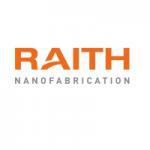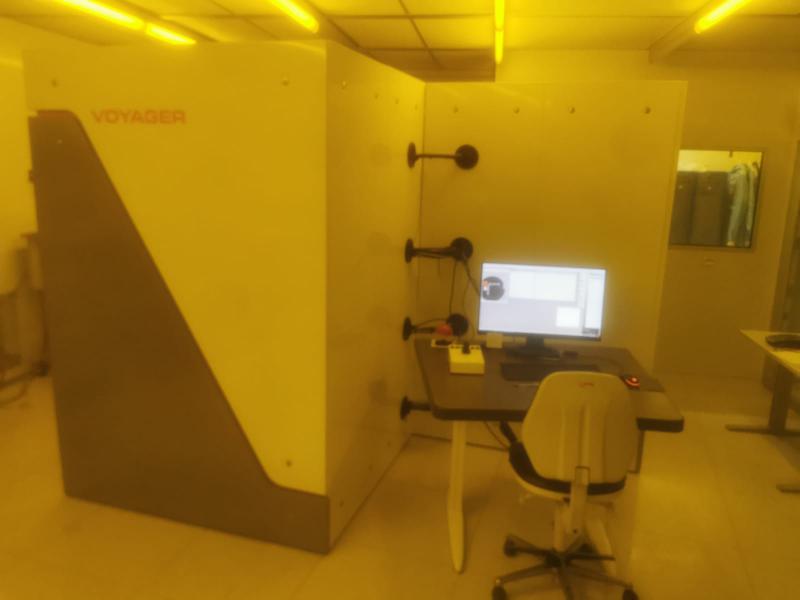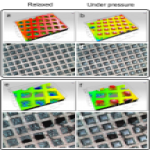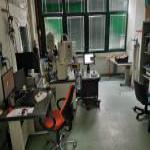We are excited to announce the availability of a brand-new UV Nanoimprint Lithography (UV-NIL) system at the FNF.

This fully custom system was entirely designed and built in-house at our institute, showcasing the synergy between mechanical, electronic, and nanofabrication expertise. The setup includes a semi-automated pneumatic press capable of imprinting substrates up to 3 inches in diameter.









